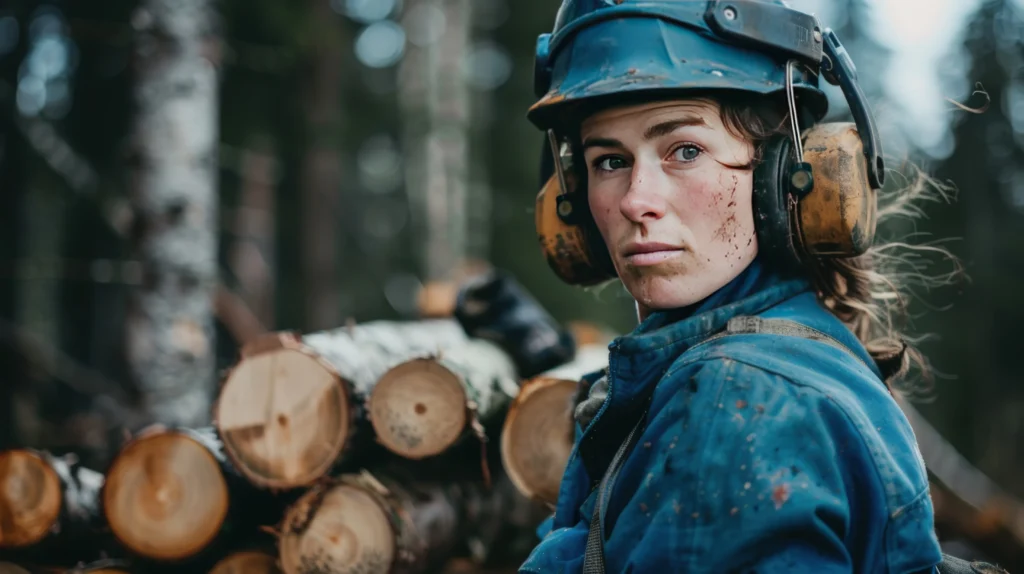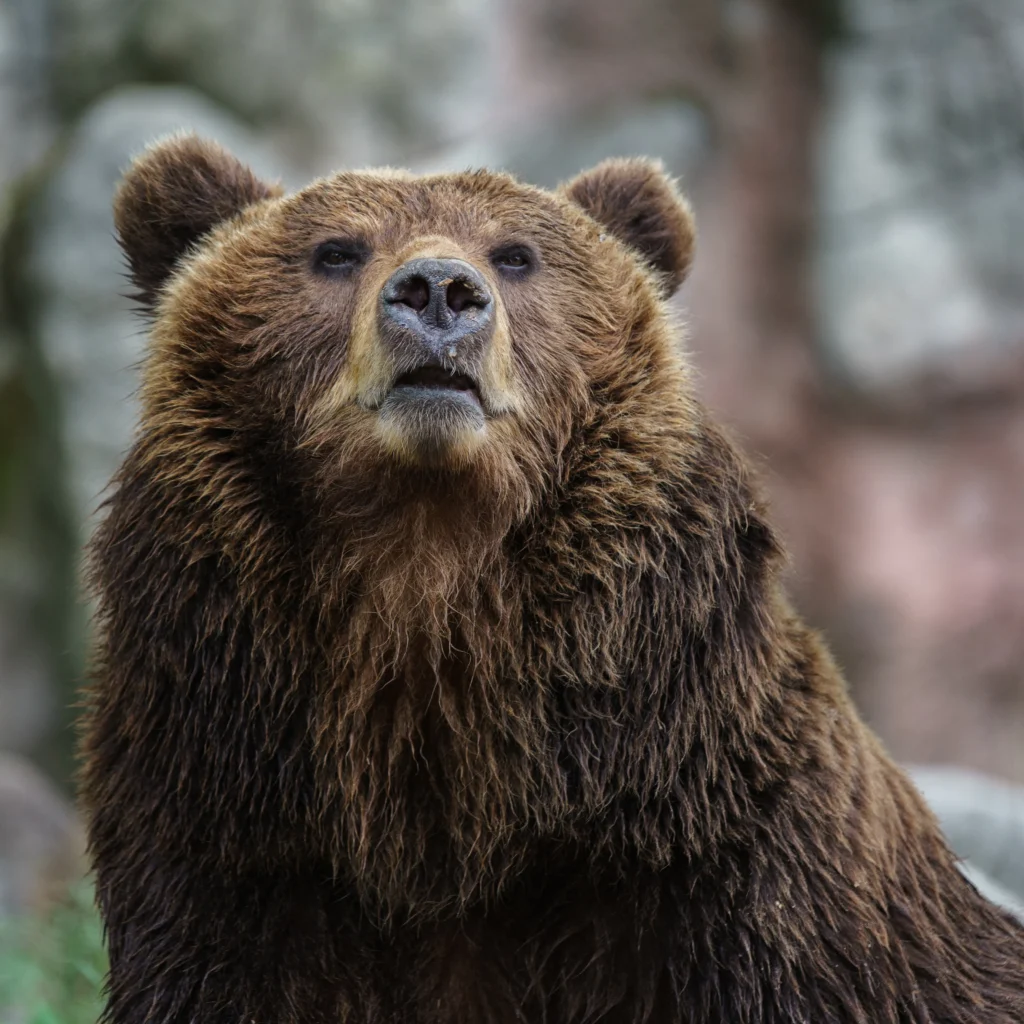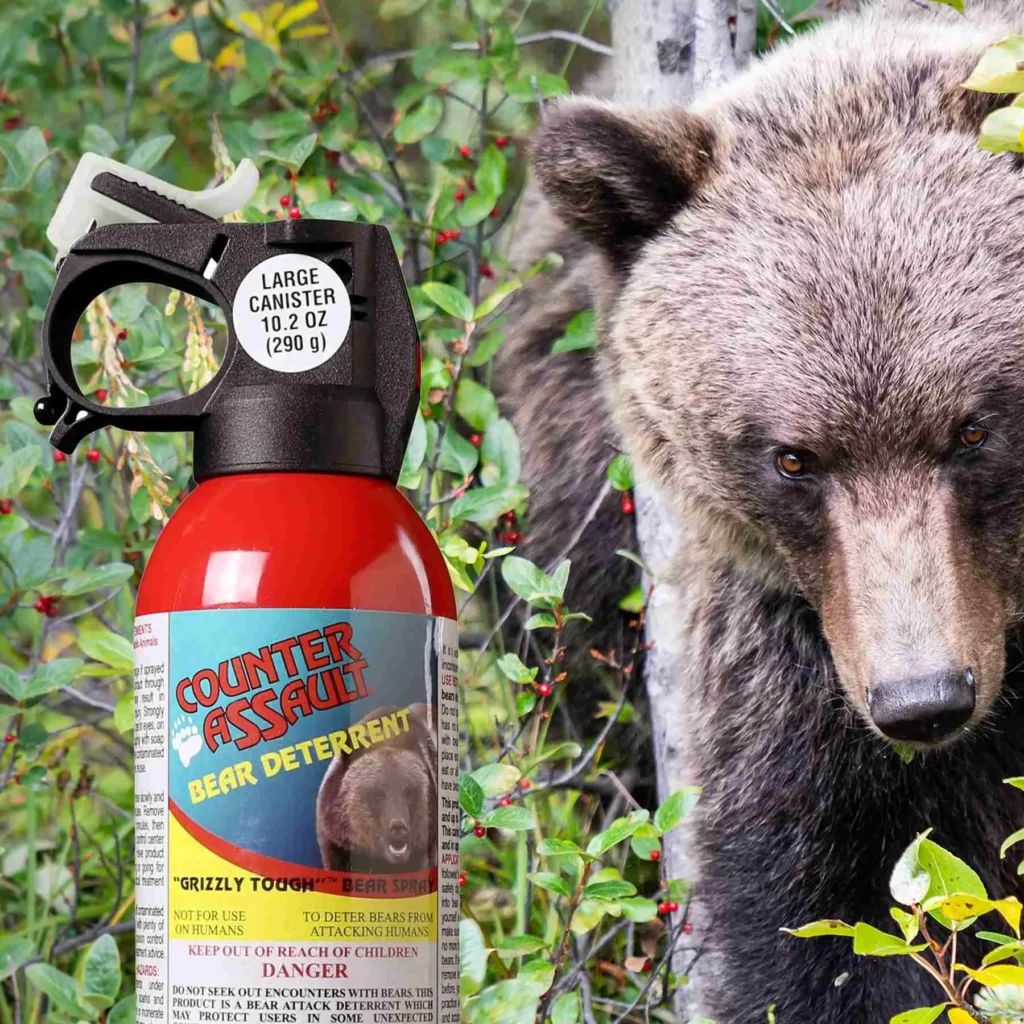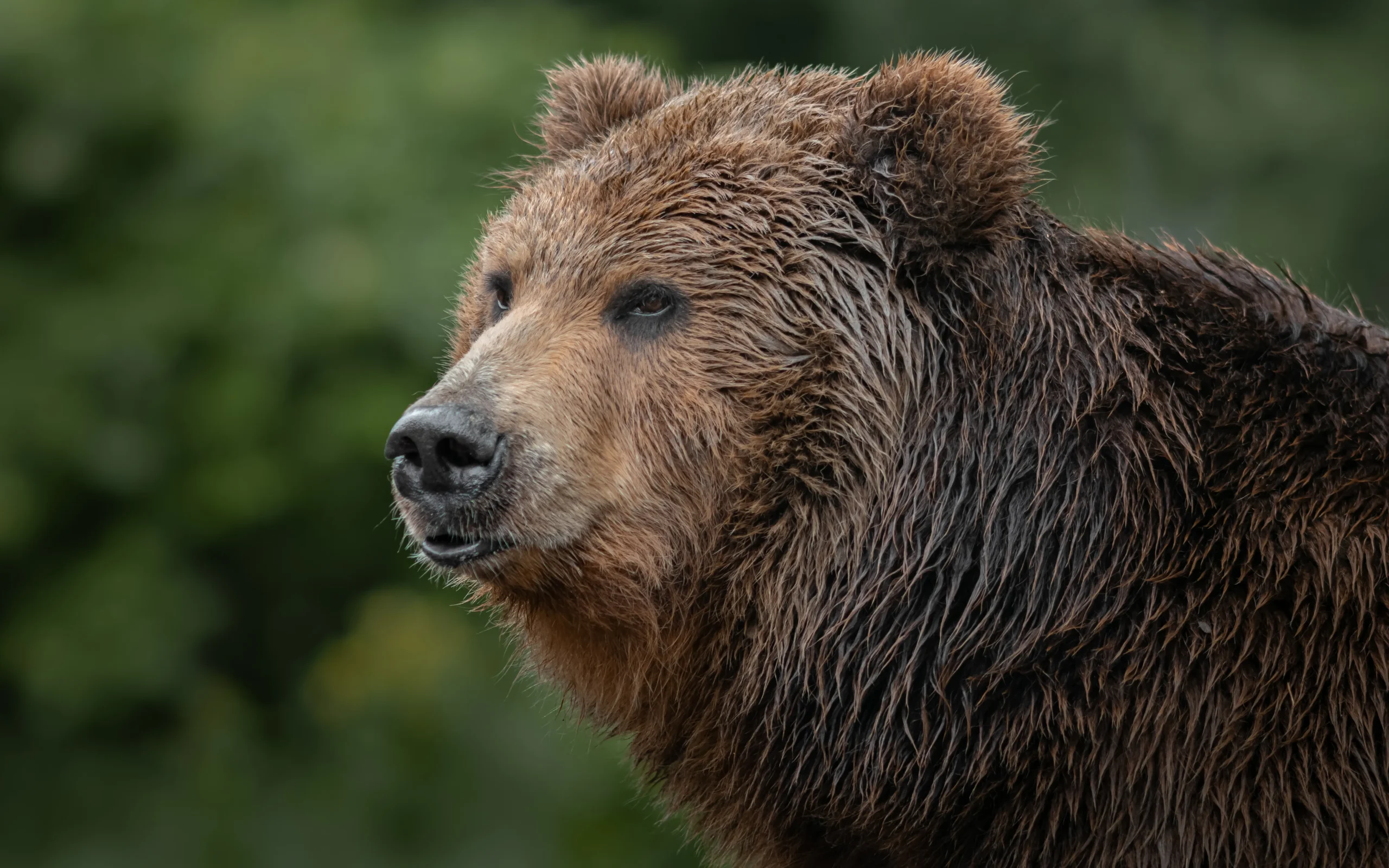Every year, outdoor workers step into environments where wildlife is a real risk. Among the most serious hazards are encounters with bears.
Bear encounters can be unpredictable. Without preparation, workers may face unnecessary danger. That’s why bear awareness training should be mandatory before field season begins.
Let’s explore why this matters, how bear safety training works, and what lessons can be learned from real-world incidents.
The Case for Bear Awareness Training
A bear safety awareness program equips workers with the knowledge and confidence to act appropriately should they encounter a bear in their work environment.
Here’s what our course covers at a minimum:
- How to recognize bear habitat and signs of activity.
- Proper food storage and scent management in the field.
- Safe travel practices in bear country.
- Defensive tools like bear spray and when to use them.
- Emergency procedures after an encounter.
When workers understand these basics, they reduce risk for themselves and their crews.

Why Field Season Increases Risk
During field season, workers spend long hours outdoors. They may be surveying land, repairing pipelines, or conducting forestry work. This puts them directly in bear habitat.
The risks rise because:
- Bears are most from spring to the end of fall season.
- Workers often carry food, fuel, and gear with strong scents.
- Noise and machinery can cause bears to be more accustomed to human proximity.
- Remote locations can delay medical help.
Field season bear safety training prepares crews to recognize these risks and act responsibly.
Real World Incidents
Example 1: Forestry Workers in Alberta
In 2017, a group of forestry workers near Swan Hills startled a grizzly sow with cubs. The workers had not completed workplace bear safety training. They scattered in panic. One worker was seriously mauled before the bear retreated. Investigators later noted that proper training may have prevented the attack. Workers could have stayed together and deployed bear spray.
Example 2: Pipeline Crew in British Columbia
A pipeline crew in 2020 stored food improperly at a remote site. Black bears began frequenting the camp. Eventually, a bear entered the work zone and charged. Luckily, no one was hurt, but operations shut down for three days. The cost of lost productivity and safety fines exceeded $200,000. A structured bear safety awareness program could have prevented the incident.
These cases highlight a hard truth: lack of training costs lives and money.

Practical Benefits of Training
Bear awareness training does more than teach survival. It helps builds a culture of safety.
Key benefits include:
- Preparedness: Workers learn how to react calmly under pressure.
- Confidence: Crews feel secure knowing they have the tools and training to respond.
- Compliance: Many industries now require workplace bear safety training under health and safety laws.
- Team Coordination: Training ensures consistent responses instead of chaos.
The investment in training pays for itself by preventing accidents, injuries, fines, and downtime.
Who Needs Bear Safety Training?
Any worker in bear country should complete a bear safety awareness program before the field season starts.
This includes:
- Forestry workers.
- Surveyors, seismologists and geologists.
- Oil and gas operators.
- Environmental researchers.
- Construction and maintenance crews in remote areas.
Even experienced outdoor professionals benefit. Knowledge fades, and refresher courses keep skills sharp.

One Thought-Provoking Question
If your crew faced a charging bear tomorrow, would everyone know exactly what to do or would there be a chance of everyone panicking?
FAQs:
Key Takeaways
- Bear encounters are a real workplace hazard. Training reduces risk, saves lives, and prevents costly disruptions.
- Field season bear safety is essential because outdoor work overlaps with peak bear activity.
- A bear safety awareness program ensures workers react with confidence instead of panic.
Final Word
Investing in bear safety training is not optional, it’s essential. Employers protect their crews, meet compliance requirements, and avoid tragedy. Outdoor workers protect themselves and each other.
Before this field season begins, make sure your team is fully trained. Lives may depend on it.








pkr777login
Easy to get logged into pkr777login. Its a simple gaming site, with a decent selection. Check into logging in via pkr777login.
Buy Website Traffic
You made some decent factors there. I appeared on the web for the difficulty and found most individuals will go together with along with your website.
bet2288
Alright, thinking of putting some dosh down on bet2288. Anyone had any joy with them? Don’t want to throw my hard-earned away, ya know?